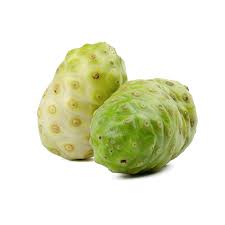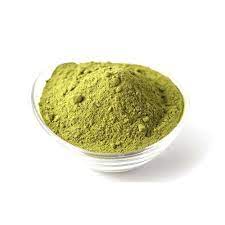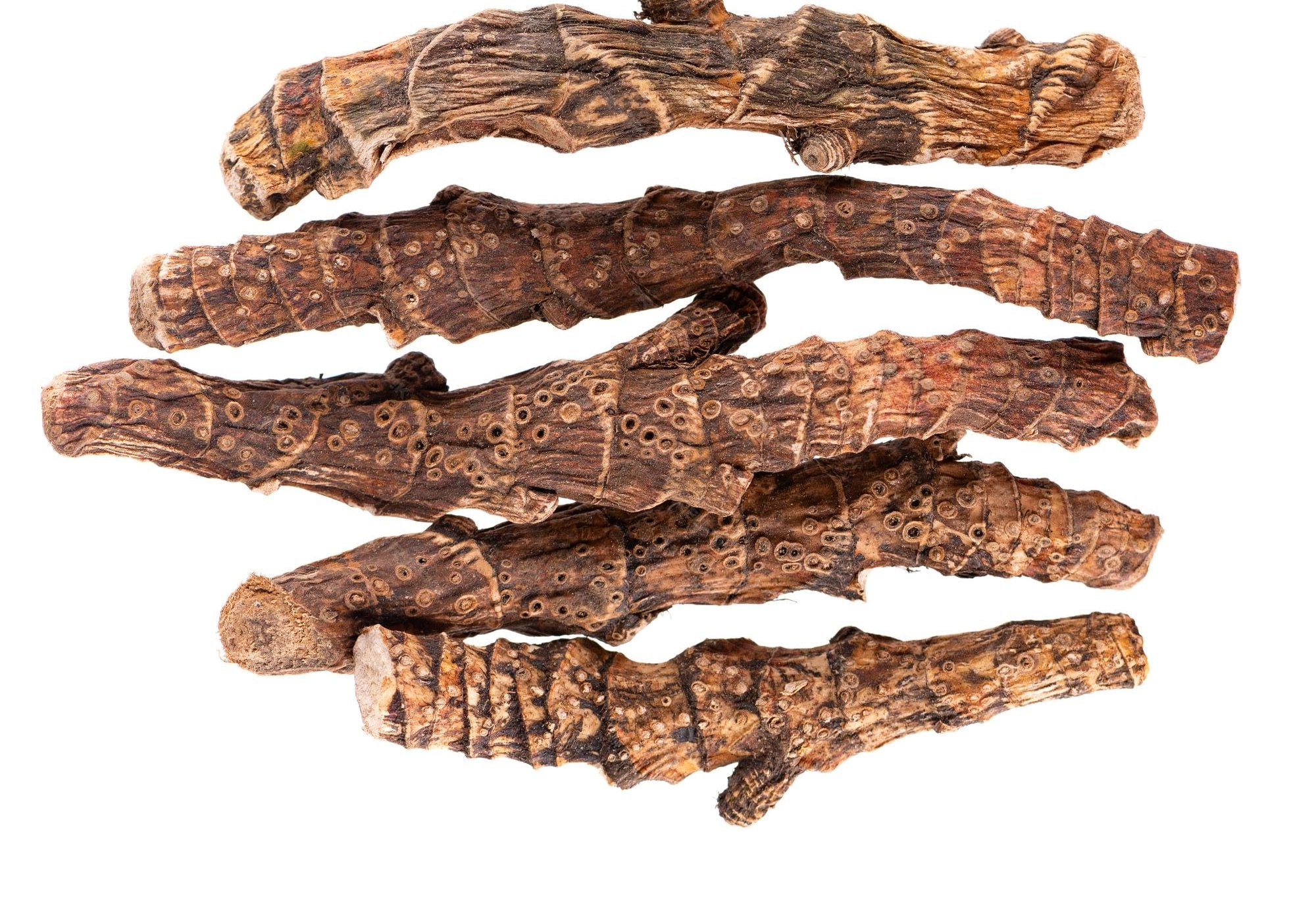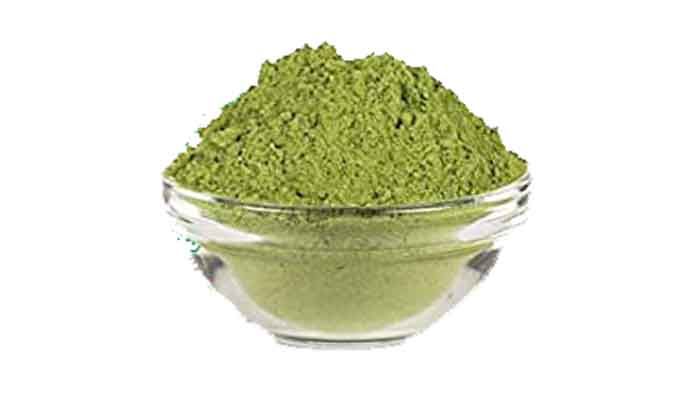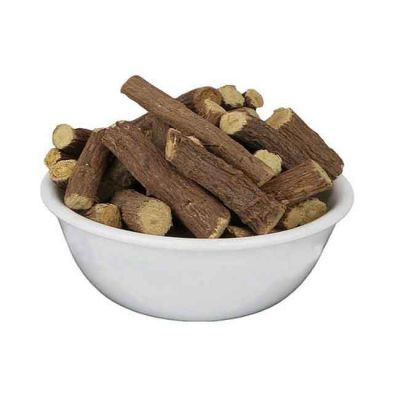Noni juice, derived from the fruit of the Morinda citrifolia tree, is celebrated for its health benefits and unique flavor. The process of making noni juice is relatively simple but requires patience to allow the fruit to ferment naturally and release its nutrients. Here's a step-by-step guide on how noni juice is made:
1. Harvesting the Noni Fruit
- Selection: Fully ripened noni fruits, which are pale yellow to translucent white, are harvested. These fruits are softer and easier to process, ensuring maximum juice extraction.
- Cleaning: The fruits are thoroughly washed to remove dirt, debris, and impurities.
2. Fermentation Process
- Preparation: The cleaned fruits are placed in a clean glass jar or a food-grade container. The container is sealed to create an anaerobic environment for fermentation.
- Fermentation Period: The noni fruit is left to ferment naturally for 4–8 weeks. During this time:
- The fruit softens further, and the juice begins to separate naturally.
- Beneficial microorganisms break down the fruit, enhancing its nutritional and probiotic content.
3. Juice Extraction
- After fermentation, the juice is strained through a fine sieve or cheesecloth to separate the liquid from the pulp and seeds.
- The extracted juice is collected in clean bottles or jars.
4. Pasteurization (Optional)
- To increase shelf life and kill potential pathogens, the juice may be lightly pasteurized. However, raw noni juice is often preferred by those seeking maximum health benefits.
5. Bottling and Storage
- The juice is poured into sterilized glass bottles or jars.
- It is stored in a cool, dark place or refrigerated to maintain its freshness and potency.
Traditional vs. Commercial Preparation
- Traditional Method: In Polynesian culture, noni juice is often made by allowing the fruit to ferment naturally in the sun without any additional processing.
- Commercial Production: Modern methods may include filtration, pasteurization, and blending with other juices for flavor enhancement before bottling.
How to Consume Noni Juice
Noni juice has a strong, distinct flavor that can be an acquired taste. It is often diluted with water or mixed with other juices like pineapple or orange for a more pleasant taste.
Final Thoughts
The process of making noni juice is rooted in tradition and simplicity, allowing the fruit’s natural enzymes and nutrients to shine. Whether made at home or purchased from a store, noni juice is a natural elixir packed with potential health benefits.


